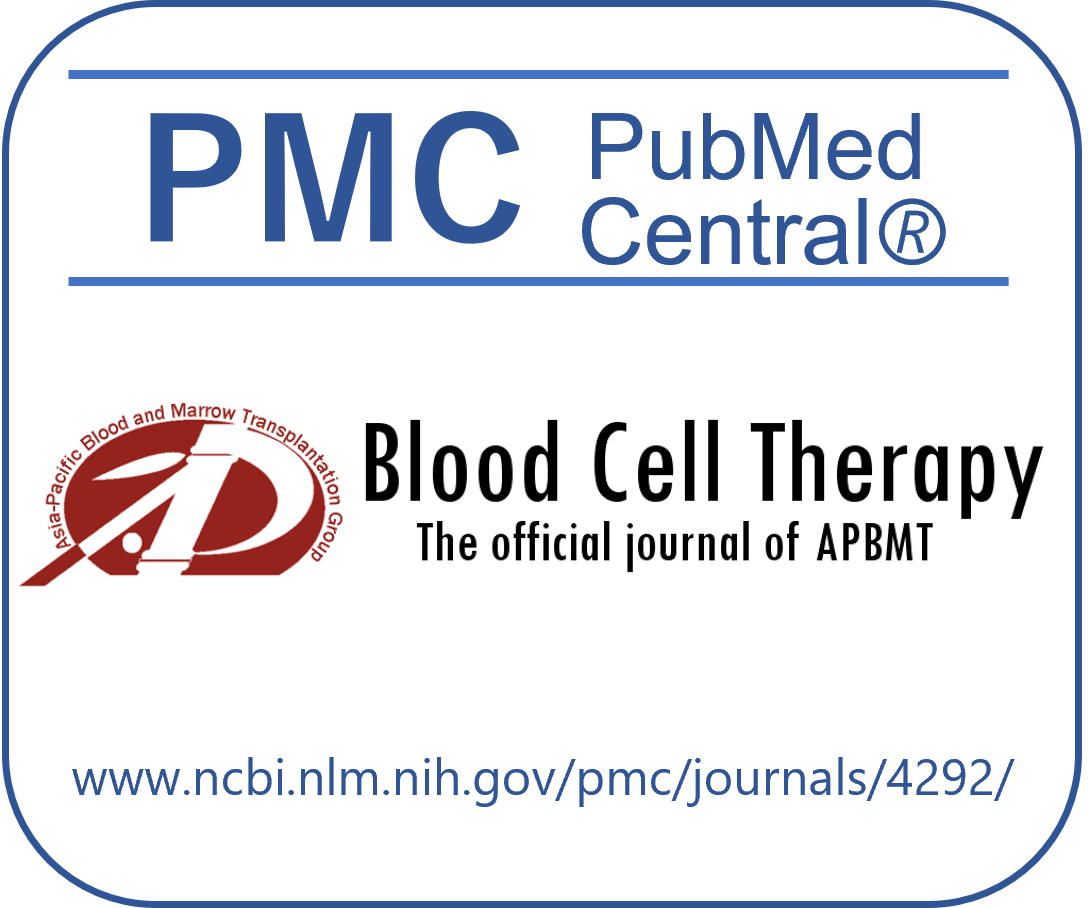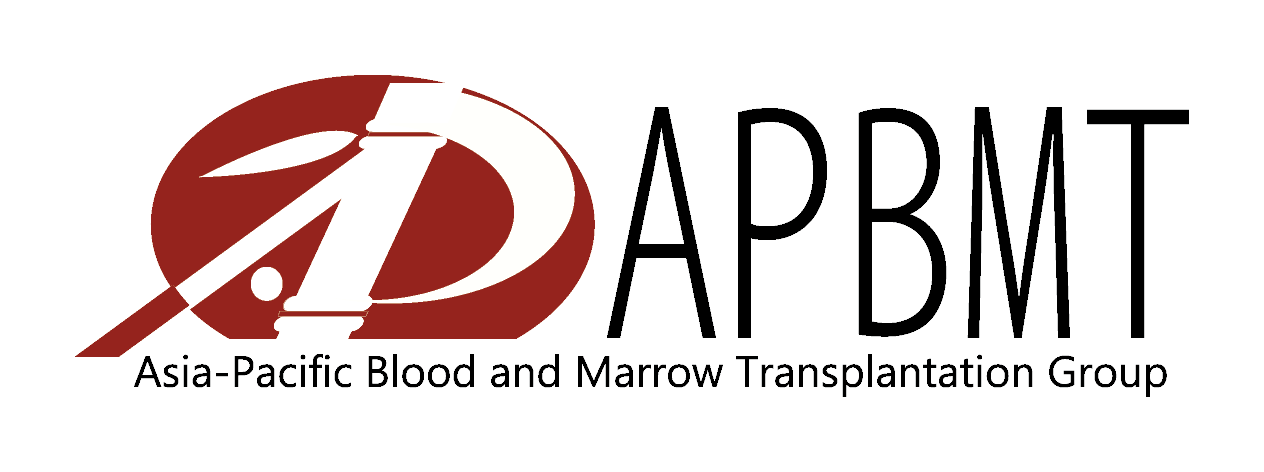Online First
Abstract
Background: Bone marrow (BM) Measurable Residual Disease (MRD) assessments underestimate disease burden in multiple myeloma, as focal lesions can exist outside the marrow. Functional imaging, like positron emission tomography-computed tomography (PET-CT), offers valuable insights into residual disease beyond the marrow. Combining marrow flow cytometry (FCM) with PET-CT for a composite MRD (cMRD) assessment before and after autologous stem cell transplant (ASCT) is expected to provide prognostic information, particularly in settings where patients receive extended duration of anti-myeloma therapy prior to ASCT.
Methods: In this retrospective cohort study, we evaluated the prognostic impact of cMRD in newly diagnosed multiple myeloma (NDMM) patients who underwent triplet/quadruplet-based induction followed by ASCT from January 2017 to June 2023. cMRD was assessed before ASCT and again around day 100 post-transplant. cMRD negativity was defined as undetectable residual clonal plasma cells (sensitivity 1×10-5) on multi coloured FCM and PET-CT negativity per The International Myeloma Working Group criteria.
Results: Among 106 patients undergoing ASCT, 82 had cMRD assessments before and on day 100 post-ASCT. Median pre-ASCT treatment duration was 11 months (interquartile range [IQR]: 4-18). At the pre-ASCT time point, sixty seven percent patients were bone marrow MRD negative (BM-MRDPRE-), while 38% were PET-CT negative (PETPRE-). Post-ASCT, these rates were 74% (BM-MRDPOST-) and 49% (PET-CTPOST-) respectively. At a median follow-up of 35 months (IQR: 23.5-58), median time to next treatment (TTNT) and overall survival (OS) were not reached. At three years, TTNT was significantly higher in patients who were cMRD-negative before ASCT compared to those who were cMRD-positive [91% (confidence interval (CI): 77-100) versus 67% (CI: 52-80); p=0.027]. BM-MRDPRE- and PETPRE- were both independently associated with improved TTNT on univariate analysis [Hazard Ratio: 0.32 (0.14-0.74) and 0.45 (0.23-0.94) respectively]. Post-ASCT cMRD status did not significantly impact TTNT [82% (CI: 68-96) versus 65% (CI: 51-69); p=0.116]. Three-year TTNT rates were similar among patients with and without baseline high-risk cytogenetic abnormalities (HRCA) if they maintained sequential cMRD negativity. In multivariate analysis, the absence of HRCA, complete response before ASCT, cMRDPRE-, and sustained cMRD negativity at both time points were independent predictors of longer TTNT.
Conclusions: Pre-ASCT cMRD assessment using both PET-CT and bone marrow FCM provides prognostic value in NDMM. This approach is particularly relevant in real-world settings where patients often receive prolonged induction therapy before ASCT.
Search
News



